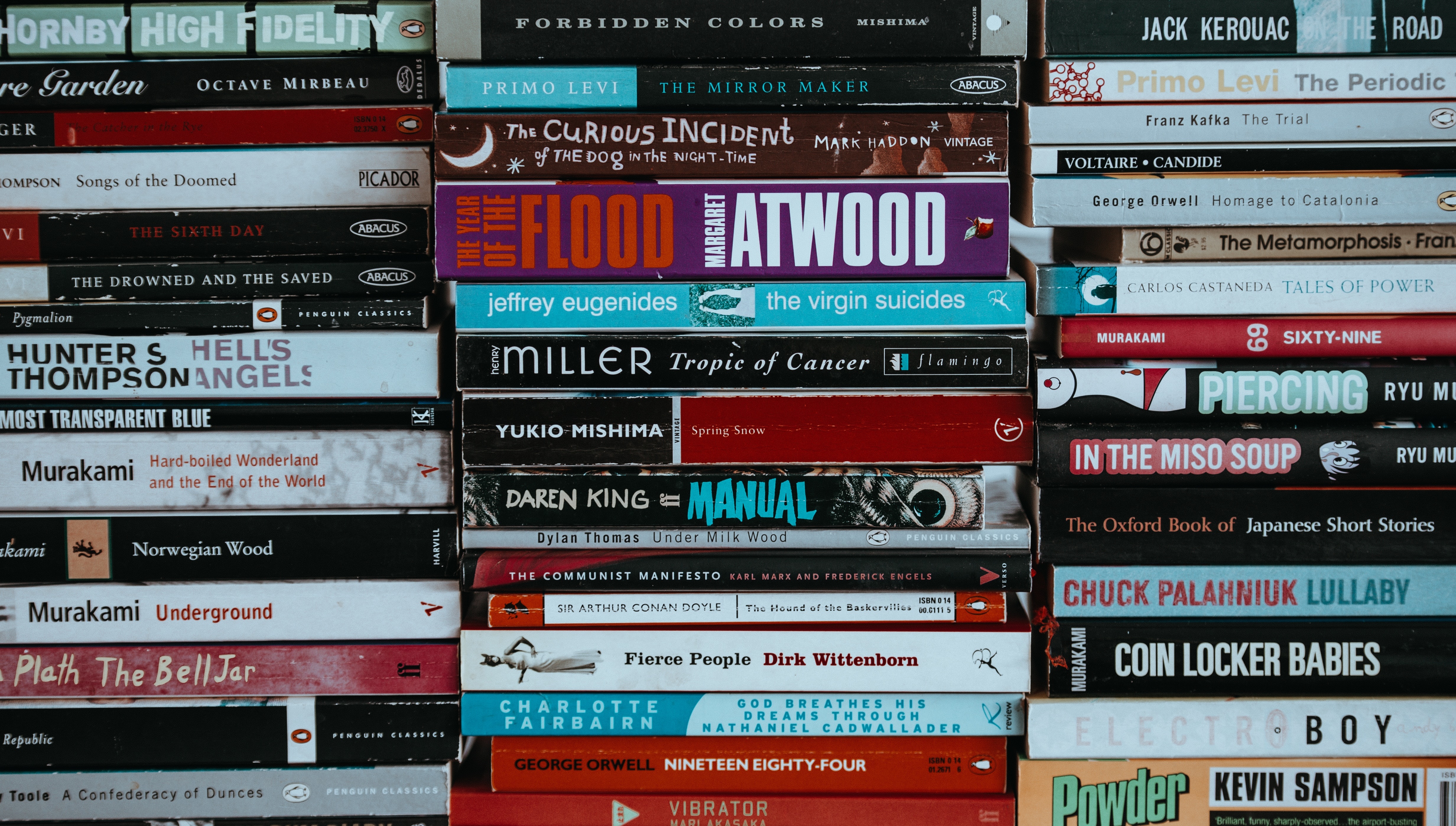The best graphic novels for young scientists and thinkers

Photo by Joe Ciciarelli on Unsplash
- In addition to being fun, studies have shown that the visual language of graphic novels stimulates the brain in ways that complex text can.
- For some readers, information is easier to process through images than it is through text alone.
- These graphic novels are great for getting young readers into philosophy, technology, and other scientific narratives.
If you’re not on the graphic novel train by now, you’re missing out. In addition to being a pathway to reading for those who see big groups of text as daunting or inherently boring, studies have shown that the visual language of comics and graphic novels is good for the brain.
In a 2019 paper titled “Visual narratives and the mind: Comprehension, cognition, and learning,” assistant professor at Tilburg University and comics theorist Neil Cohn writes that because narrative sequential images are often used in things like children’s books and storyboards, it has led to the “general belief that visual narratives are transparent to understand, requiring little learning beyond basic cognition like perceptual and event processing, sequential reasoning, and theory of mind.” Cohn says that there is a growing field of psychological research that has shown that this is not true.
Humans are 60,000 times faster at processing images than we are at processing text, and combining the two stimulates the brain in meaningful ways. In one study conducted at the University of Oklahoma, 80 percent of students in a senior level business course reported learning more from a graphic novel than from reading a textbook.
“As we read, we practice multimodal literacy, drawing on our available resources and using them to shape meaning from the multimodal elements particular to a comics text, including the combination of words, images, spatial layout, gutters, sound effects, panel composition, body language, facial expression, emanata, and other comics elements,” wrote Dale Jacobs, author of “Graphic Encounters: Comics And The Sponsorship Of Multimodal Literacy” and associate professor of English at the University of Windsor, Canada. “Reading comics, then, is an active process, and a theory of multimodality helps to explain how meaning is created by readers of comics and how readers reimagine themselves in relation to specific comics texts.”
On top of all of that, reading graphic novels is often just more fun! Well-written stories with beautiful illustrations can make any subject more compelling and palatable, especially for young, easily distracted readers. Here are some titles worth adding to your young reader’s shelves if he/she is into STEM but not quite ready to thumb through textbooks and heady scientific journal articles.
Illustrated by Maris Wicks, this graphic novel focuses on three primatologists whose important work revolutionized the field forever. Reviews praise the book for its accessibility and compelling storytelling.
Co-written by theoretical physicist Thibault Damour and Mathieu Burniat, this French graphic novel follows an explorer named Bob and his dog Rick as they travel through the quantum universe. Along the way, they meet some of history’s greatest minds, including Albert Einstein, Max Planck, and Louis de Broglie.
Illustrated by Leland Myrick, this biography of Stephen Hawking’s life is a great introduction for those unfamiliar with the legendary physicist, but it is also an interesting read for those who only know him through his quotes.
Best known as a Hollywood actress and producer, Hedy Lamarr was also an accomplished inventor. This graphic novel tells how, during World War II, she developed a system that could be used by naval ships to send signals that could not be traced or blocked.
Ottaviani is a name you’ll see a lot when it comes to science-focused graphic novels. This novel in particular, illustrated by Zander and Kevin Cannon, is a fictionalized retelling of two nations doing everything they can to be first to the moon.
It’s not easy to capture the importance and devastation of historical events with word bubbles and drawn images, but illustrator Jonathan Fetter-Vorm did it beautifully in his debut graphic novel, first published in 2013. In it, you meet scientists including Marie Curie and her husband Pierre, British physicist Ernest Rutherford, and German chemists Otto Hahn and Fritz Strassmann, and you learn the role they each played in what eventually became one of the most powerful weapons in the history of the world.
Chances are your young reader is not very familiar with the life and work of British philosopher and Nobel laureate Bertrand Russell, but after picking up this book they will be. It’s a more accessible way to introduce anyone to complicated ideas involving mathematical logic and analytical philosophy.
With illustrations by Dr. Matteo Farinella and a story by Dr. Hana Roš (both neuroscientists), this graphic novel uses fantasy elements to teach young readers about what the brain is made of and what it can do. Neuron forests and giant sea creatures make for an engaging and educational read.
We may respect their minds now, but throughout history there have been thinkers whose ideas were less than popular with the masses (or even other thinkers). From Galileo to Newton, this funny graphic novel covers some of their wildest theories, like Earth not being the center of the cosmos.
When you buy something through a link in this article Big Think earns a small affiliate commission. Thank you for supporting our team’s work.





